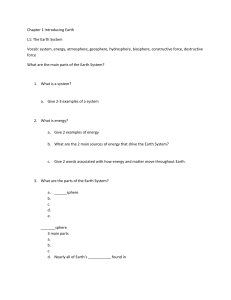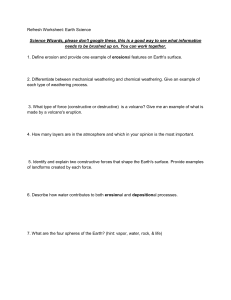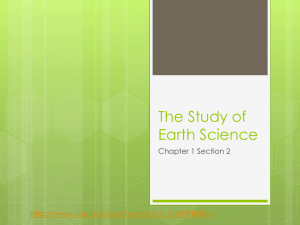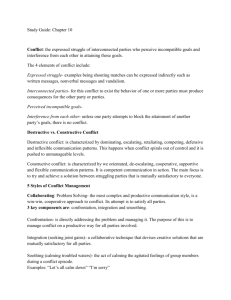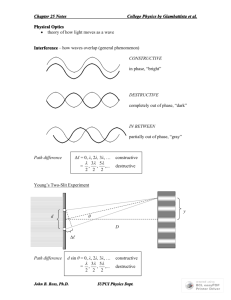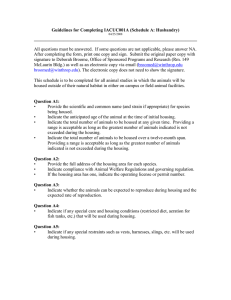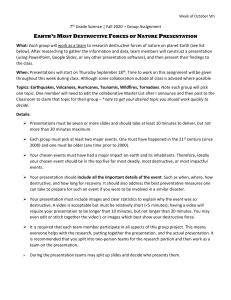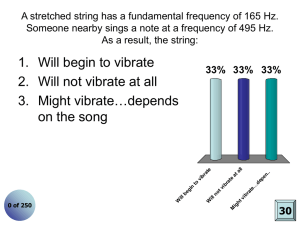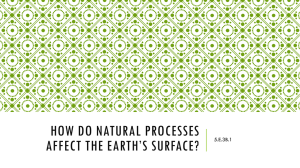Professor Richard C. Reuben ______________________________ Conflict Theory, International Applications Your Exam Number
advertisement
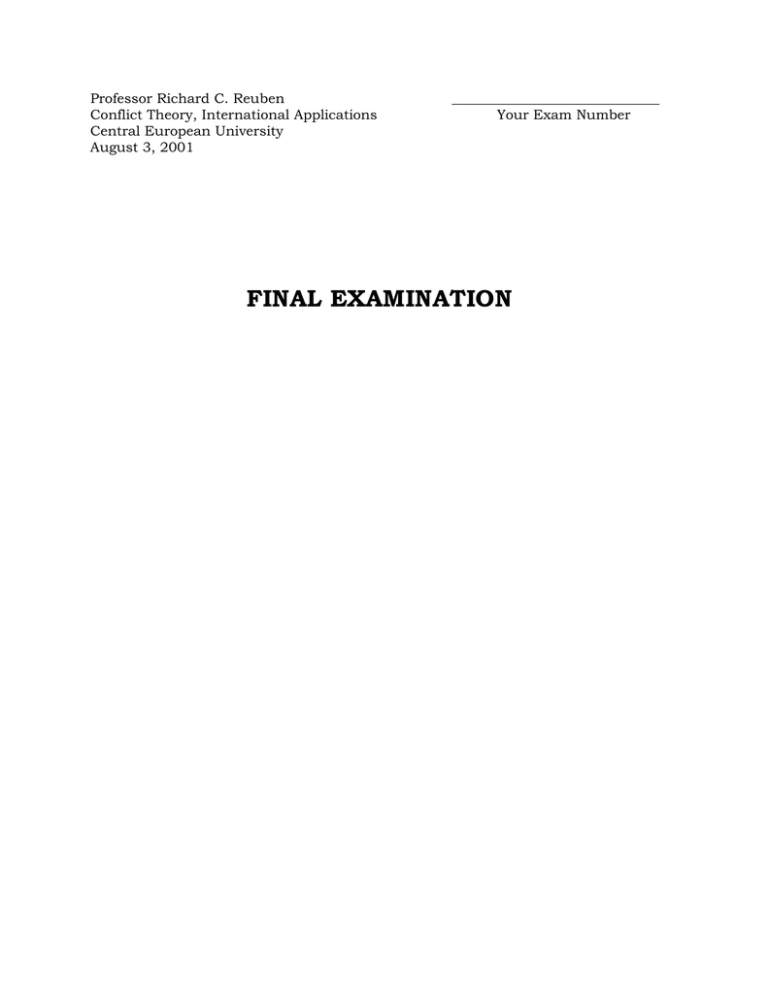
Professor Richard C. Reuben Conflict Theory, International Applications Central European University August 3, 2001 ______________________________ Your Exam Number FINAL EXAMINATION 1. Lewis Coser and Morton Deutsch suggested that conflict can be either constructive or destructive. What were some of the factors that could have led the conflict in The Missiles of October to be constructive or destructive? What moderating or stabilizing influences helped to determine the course of the conflict in this regard? 2. For the following, please provide a brief description, including its relationship to conflict theory and an example if helpful to demonstrate comprehension. a. Interest vs. Aspiration b. The Conflict Paradox c. Social Process Theory vs. Social Structural Theory d. Ethnocentrism e. Conflict vs. Dispute f. Framing g. Fundamental Attribution Error h. Mirroring I. Aggressor-Defender Model vs. Augmented Spiral Model j. Stability vs. Stalemate 3. Please analyze thoroughly the conflict you prepared for the first day of class according to the theories and principles discussed during the course of this class. You may choose another conflict to analyze, other than the Cuban Missile Crisis, a conflict presented or discussed in class, or a conflict that is addressed in the Rubin, Pruitt & Kim text. 4. Conflict theory suggests that the earlier a conflict is addressed, the less likely it will be to escalate. Because of your profound understanding of conflict theory, and international sensitivity, you have just been hired by the small but prestigious Central South American University as its conflict resolution specialist. The quality of its faculty is first rate, in part because during the summer the University brings in internationally acclaimed experts in their fields to teach short, but intensive courses. As a result the University attracts students from all over the world – especially the Middle East, Rwanda, and the Balkans. The upcoming year is no different. You begin work one month before the start of summer classes, and are surprised to learn that there is one student dorm, where all of the students are housed during their one-month periods in residence. It is a beautiful old building – set high on a hill, far removed from the bustle of the city – that has all the charms of turn-of-the century architecture, but no air conditioning, elevators, soft drink or snack machines, or any of the other creature comforts of modern life. You also discover that there is a high concentration of Israeli, Palestinian, Hutu, Tutsi, Serbian, and Albanian students coming to attend a new summer course provocatively named New Weapons for Old Battles: Strategic Planning for Winning Today’s Ethnic Conflict. The course was well received, and indeed is oversubscribed, meaning at least a few students will be forced to take another class. You are further surprised to learn that all students for this course are scheduled to be housed on the same floor, four to a room, and to share a common bathroom with only two showers – which is especially problematic because the upcoming summer is expected to be the hottest in a decade, with average temperatures around 70 degrees Celsius, with 75 percent humidity. Your boss smells trouble, and has asked you to develop an action plan to “get out in front of the problem.” What is your assessment of the situation, and what would you recommend?
